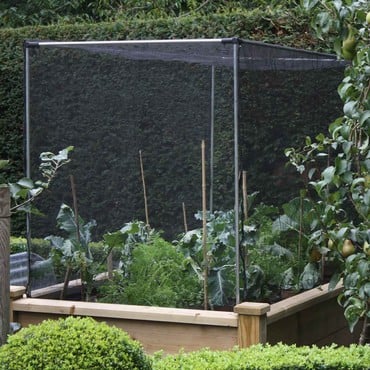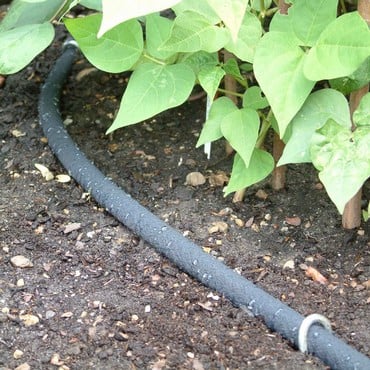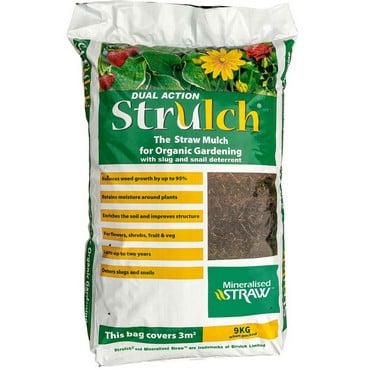In the past, cauliflower was often overlooked, ranking low on the list of veggie faves and relegated mainly to frozen vegetable medleys or crudité platters. But these days, the mild but delicious white vegetable is growing in popularity, thanks to its versatility. Happiest in cooler climates, the cauliflower (Brassica oleracea) has a notorious reputation for being a little harder to grow than its cabbage and broccoli relatives. However, with a little care and attention, and the tips below, you will be able to cultivate your own crop of great tasting cauliflower.
Did you know? Cauliflower is packed full of nutrients and widely considered as a superfood.
The growing process
Pick your varieties.
Typically, shop-bought cauliflowers are consistently a creamy white colour, but grow your own and you can enjoy attractive yellow, green or even purple ones.
Cheddar. One of the most popular varieties, the cheddar has delightful orange-yellow flowerheads that deepen in colour when cooked. The flavour is mild and sweet.
Graffiti. This purple beauty is both delicious and highly nutritious. It’s perfect for adding colour to any dish and has a mildly sweet flavour.
Clapton. Bred to have club root resistance, this exceptional cauliflower has large, well flavoured heads that are protected by leaves.
Romanesco. For something a little different… Romanesco, also known as broccoflower, has a highly attractive lime green head made up of a mass of small conical shaped florets. Besides looking fabulous, it has a wonderful nutty texture and flavour.
Sowing
Cauliflower is temperature-sensitive, and many opt to start seeds indoors before planting outside. If starting seeds indoors, wait until seedlings have 5 leaves before transplanting them to your garden (approx. 4-6 weeks). In the veg patch, place each seedling 24 inches apart. The closer you plant your crops, the smaller the heads will be.
If planting directly into the garden, sow seeds half an inch deep, in rows that are 3-6 inches apart.
Cauliflower care advice
Cauliflowers, the same as any other leafy brassica will need protecting from the cabbage white butterflies with either butterfly netting or a vegetable cage.
Keep cauliflower plants well-watered but not soggy.
Placing a layer of mulch or compost, around the plants will help the soil to retain moisture. Just ensure the mulch doesn’t touch the plants.
White cauliflower requires blanching, while green, orange and purple varieties need sun to develop their colours.
What is blanching?
Blanching in the vegetable garden is different to blanching in the kitchen. It is the technique of covering a plant to prevent the development of colour. In the absence of blanching, cauliflowers will not have their creamy white colouring and the flavour will be strong, almost bitter.
Once curds reach 2-3 inches in diameter, the large outer leaves should be tied up and over the emerging curds. You can use rubber bands, tape or even twine. Just ensure the leaves are tied loosely to give the curds plenty of room to blossom. Remember to check your cauliflowers regularly as the curds develop at varying rates.
Harvesting
It’s time to harvest when the cauliflower heads are fully developed, but before the curd becomes loose with a rice-like appearance. Cut the cauliflower head from the main stem but leave a few of the outer leaves attached to help protect the head and prolong its overall quality.
Tip: Be exceptionally careful when handling the heads as they can bruise easily.
Store picked cauliflowers by hanging them upside down in a cool place. Spray the heads lightly with mist everyday and they should last for roughly one month. Alternatively, you can store cauliflower in the freezer but curds will need to be blanched (the kitchen kind) beforehand.
Other uses for cauliflower
We all love a large spoonful of comforting cauliflower cheese, but there’s much more to this veg than meets the eye. Here’s a few creative uses for one of the most versatile vegetables in the world:
Crispy roasted cauliflower. Slice your cauliflower into large chunks, drizzle with olive oil and parmesan cheese and then roast until crispy.
Cauliflower rice. A low-carb, tasty alternative to traditional rice. Remove core and leaves, and using a cheese grater, grate until the cauli resembles rice. Sauté in a large pan before serving.
Pizza crust. Following the same concept as cauliflower rice but, once grated, you mix it with egg, make a dough and roll it out. Then you can smother it in cheese with your choice of toppings and bake in the oven.
Creamy soup. Packed full of nutritious ingredients, a healthy, creamy soup is the ideal winter warmer. Boil your choice of veggies and herbs, once cooked blend to desired thickness.
Cauli Piccalilli. Transform your leftover cauliflower into a colourful and comforting condiment with a classic British piccalilli. A combination of fiery mustard and turmeric, this tangy pickle is the perfect accompaniment for sandwiches and cheese.































